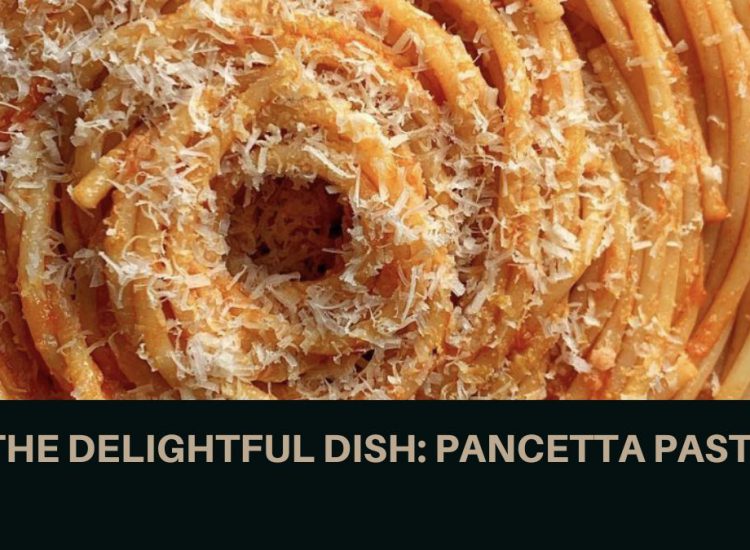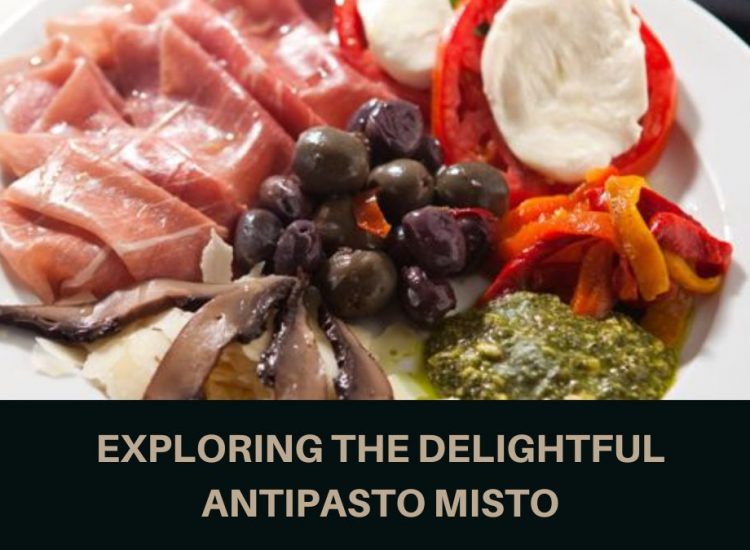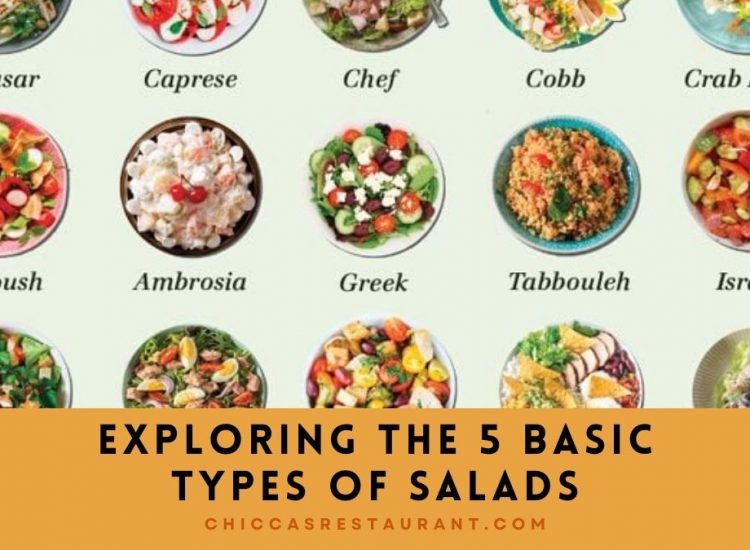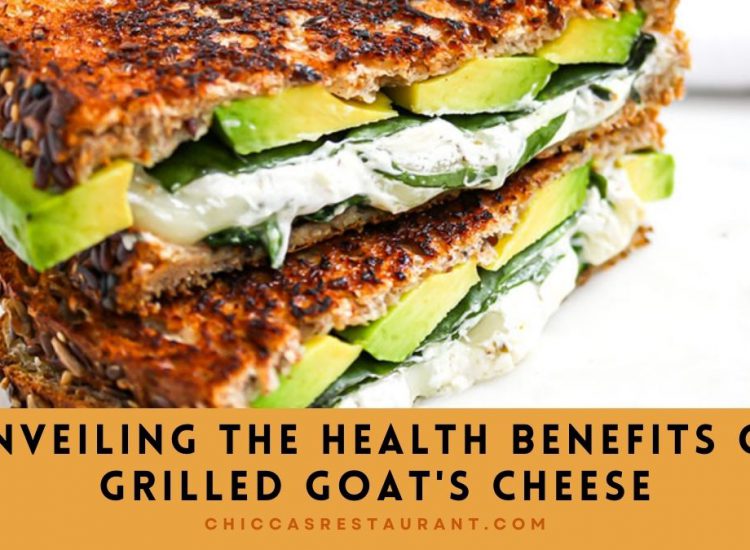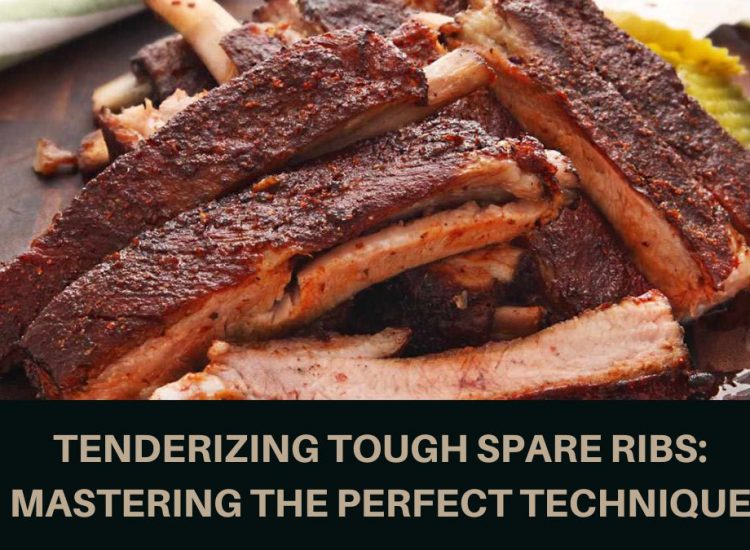When baking, the type of flour used can significantly impact the end product’s texture, flavor, and overall quality. Understanding the differences between artisan flour and bread flour is essential for those seeking to elevate their baking skills and achieve exceptional results. Let’s delve into the unique characteristics of these two varieties.
Toc
Artisan Flour: Embracing Tradition and Craft
This premium, high-protein flour forms the cornerstone of artisanal bread baking and traditional European-style bread. Its distinguishing features include:
- Protein Content: Artisan flour typically has a protein content ranging from 11.5% to 13.5%, contributing to its strength and ability to develop gluten, resulting in a chewy and open crumb structure in bread.
- Milled from Hard Wheat: This flour is often milled from hard wheat varieties, such as hard red winter wheat or hard red spring wheat, known for their robust gluten formation and excellent baking properties.
- Ideal for Sourdough and Artisanal Bread: Its characteristics make it particularly well-suited for crafting rustic, crusty loaves with complex flavors and for sourdough bread that relies on a slow fermentation process.
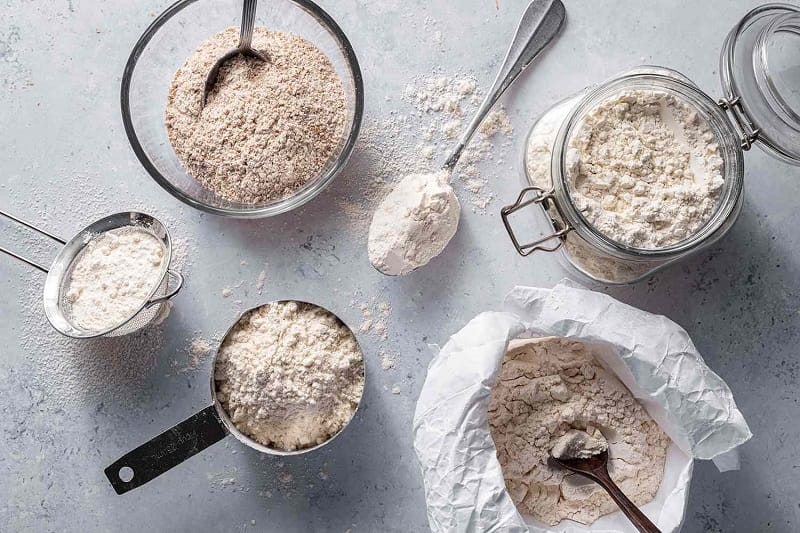
1. https://chiccasrestaurant.com/archive/650/
2. https://chiccasrestaurant.com/archive/411/
3. https://chiccasrestaurant.com/archive/649/
Source: https://www.thespruceeats.com/
Bread Flour: The Staple of Bread Making
Bread flour is a versatile and reliable option that serves as the go-to choice for a wide range of bread recipes, offering the following attributes:
- High Protein Content: Known for its high protein content, typically around 12% to 14%, bread flour provides the gluten strength and elasticity required to support the structure of yeast-raised bread.
- Consistent and Predictable Results: With its balanced protein content, bread flour ensures consistency in rising, texture, and crumb in various bread formulations.
- Versatility in Baking: It is suitable for a broad spectrum of bread types, from sandwich loaves to artisan-style breads, and can be combined with other specialty flours for nuanced flavor profiles.
Comparing Performance
While both types share similarities in their protein content and respective suitability for bread making, they offer distinct attributes that set them apart:
- Texture and Crumb: Type of flour Artisan tends to yield cake with a chewier texture and irregular, open crumb structure, ideal for rustic loaves, while bread flour leans towards a slightly denser and consistent crumb, suitable for everyday bread varieties.
- Flavor Complexity: Artisan flour contributes to nuanced, complex flavors in bread due to its careful balance between strength and extensibility, whereas the type of flour bread provides a more straightforward and uniform taste profile that pairs well with various ingredients.
Making the Right Choice
When deciding between both types of flour, consider the specific characteristics you desire in your cake and the style of baking you wish to embrace.
Each type offers unique qualities that enhance the baking experience and the final product. Experimenting with both varieties can open up new avenues for creativity and exploration in baking, allowing you to craft breads that cater to diverse preferences and tastes.
1. https://chiccasrestaurant.com/archive/649/
2. https://chiccasrestaurant.com/archive/647/
3. https://chiccasrestaurant.com/archive/652/
Conclusion
While sharing fundamental attributes, artisan flour and bread flour possess distinct properties that contribute to creating diverse baker styles.
By understanding the nuances of each type, bakers can leverage their unique strengths to produce breads that cater to a spectrum of tastes and preferences, enriching the culinary experience for both the baker and the consumer.


